Prosperity
| Activity: Global conditions quiz |
| Lecture handout: Prosperity* |
⭐ Required readings:
- Evans, Anthony J., 2020, Economics: A Complete Guide for Business, London Publishing Partnership (Chapter 12, Section 2)
Watch: The Magic Washing Machine
The incredible data visualisation used at the beginning of my lecture is from Gapminder. I strongly encourage you to visit their website and play around with the tools. In particular, try to create a chart showing GDP per capita against infant mortality and then see how the data has changed over time.
- Additional resources: http://www.gapminder.org/tools
- Here’s a video about Gapminder.
- Some more detail can be found in “Rosling’s Charts“.
- I also recommend browsing through “Our World in Data“
| Activity: Stoves Handout, May 2020 // Here are the Stoves charts |
Here’s a thread of photos showing people in the Netherlands living in poverty before the second world war. Here is a video:
Here is another example of how much of the UK’s productivity is dependent on London (source):
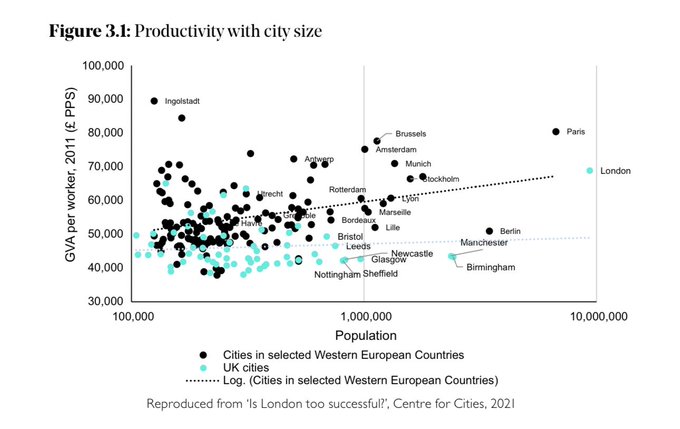
In the lecture I argue that infant mortality figures are better proxies for living standards than life expectancy. As Hans Rosling argues, “this measure takes the temperature of the whole society” (p.20). This is because children are fragile, and you therefore require lots of good circumstances in order for children to routinely survive – it tells us about access to basic health care, the literacy of mothers, etc. In this video, Hans Rosling argues that most od the world is better off than you think:
And here’s the magic washing machine:
Although washing machines are magic, Tim Harford (“50 Things that Made the Modern Economy”) has argued that we now tend to have more clothes and wash them more regularly, and therefore haven’t actually saved much time. Therefore, a better example of a household technology that has unambiguously increased leisure time may be TV dinners and other forms of processed food. (And yet people are now pushing back against “ultra processed food”, unfortunately).
A great article that reveals the advances in living standards for typical American families is here, but unfortunately I haven’t found this online!:
- Cox, W. Michael, and Richard Alm, “How Are We Doing?”, The American July/August 2008
This chart reveals the stunning progress that China has made at lifting people out of poverty:
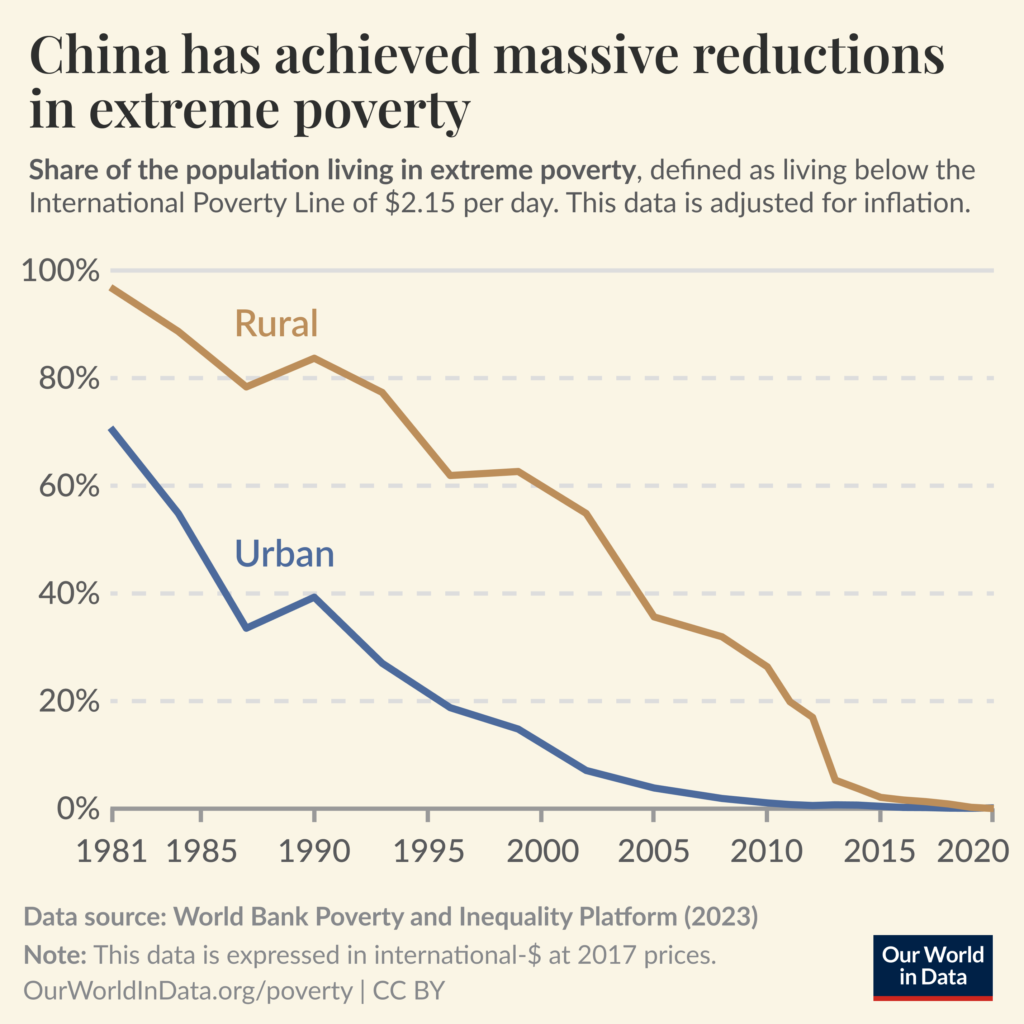
Here is an example of progress in India:
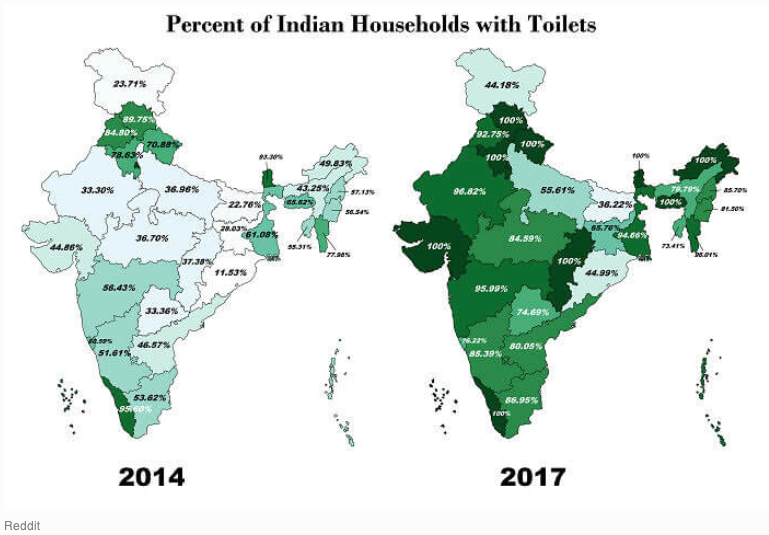
In the lecture I included some data on the long term declines in violence. You can see more about this in Steven Pinker’s Enlightenment Now, but one common rejoinder is US gun crime. According to this article by Pew Research, gun murder rates have increased in recent years, but are still below their 1968 values. 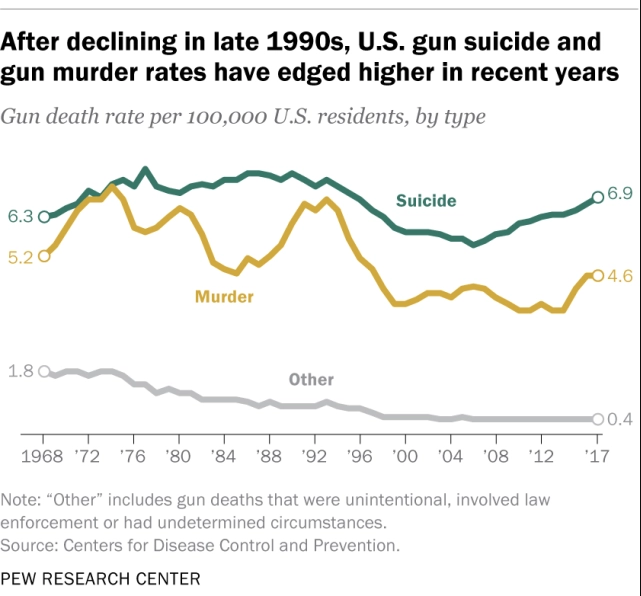
Similarly, this chart shows a recent rise in violent crime, but within the context of a steady decline since the early 1990s:
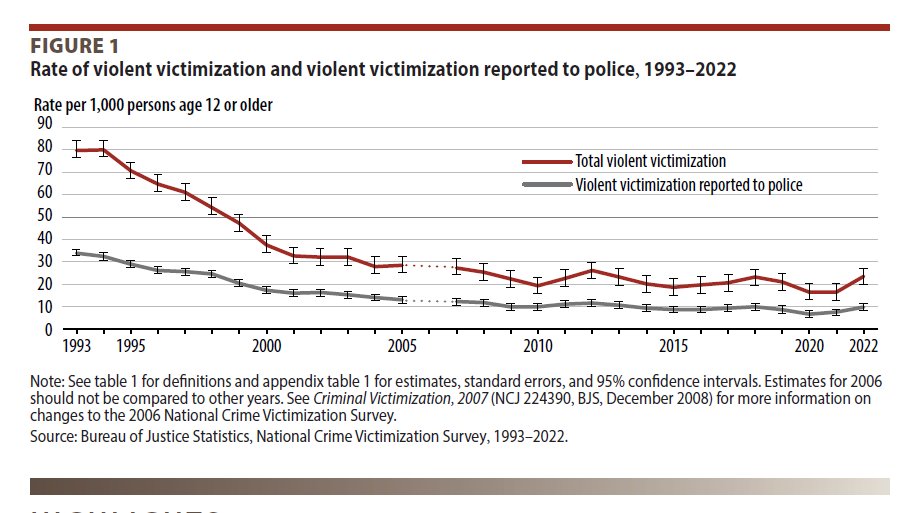
Here is the documentary by Peter Santenello:
https://www.youtube.com/watch?v=p3O6bKdPLbw
Finally, this review of Bryan Burrough’s 2015 book, ‘Days of Rage’, highlights a separatist movement that “bombed NYC like 300 times, killed people, shot up Congress, tried to kill POTUS (Truman). Nobody remembers it.” They “bombed 2 theaters in the Bronx, injuring eleven, in 1970. [And yet] NYT gave it 6 paragraphs.” For those who think street violence is new, “You have to understand: in 1968, many radicals absolutely believed that the United States was getting ready to collapse.”
| Learning Objectives: Understand the empirical evidence around economic growth and globalisation
Focus on diversity: Esther Duflo has done highly impactful research on the role of RCTs in combating poverty. She has shown how field research is an important part of the economics toolkit. |